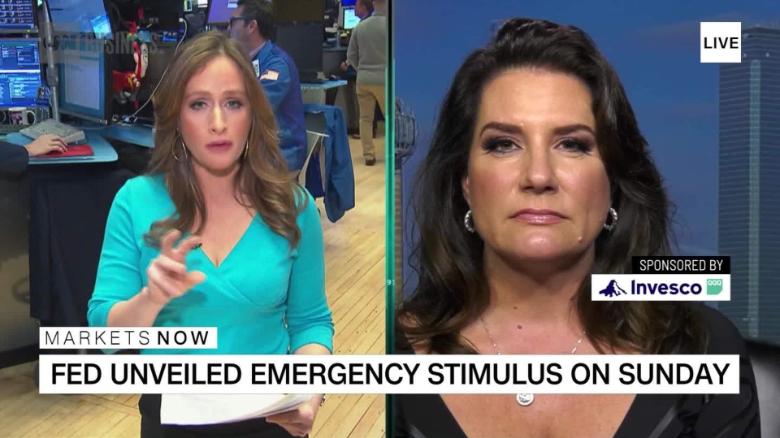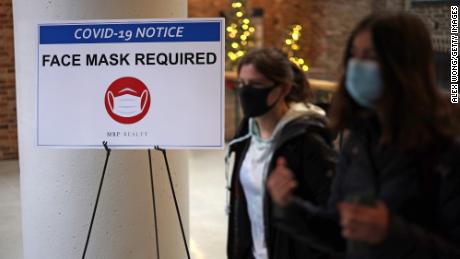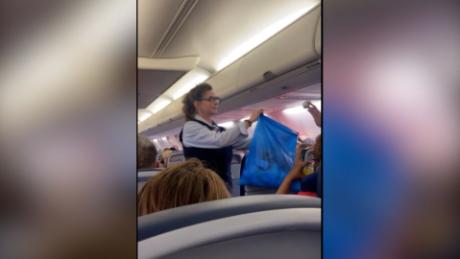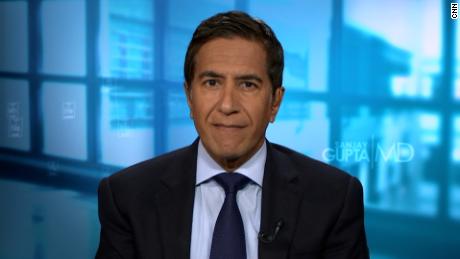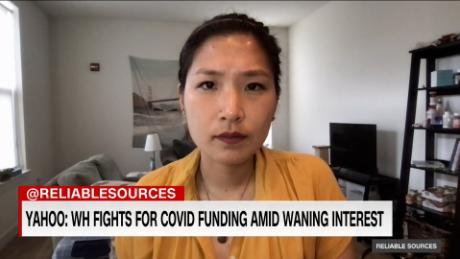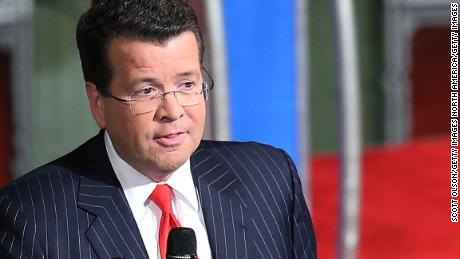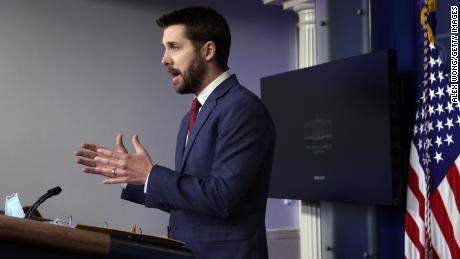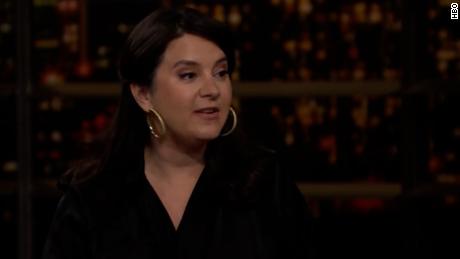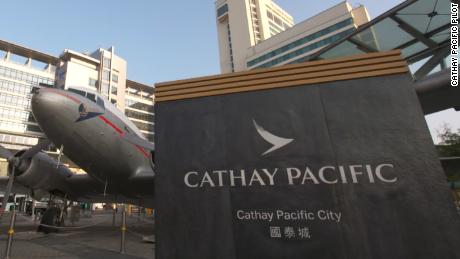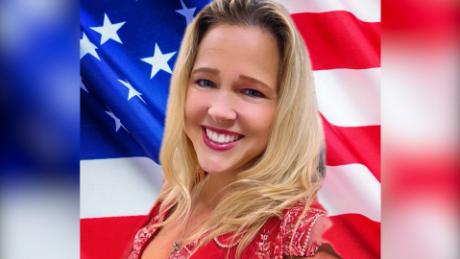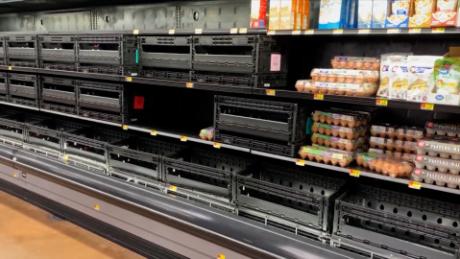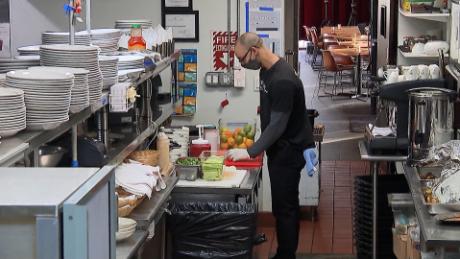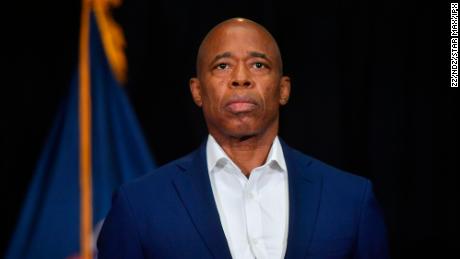New York (CNN Business)The Federal Reserve is facing a monumental challenge: It must prevent the rapidly intensifying health crisis from morphing into a full-blown financial crisis.
To meet that threat, the Fed is dusting off a playbook it surely hoped it wouldn't need to turn to again, at least not so soon: the steps it took as the Great Recession took hold.
That 2008 playbook has led the US central bank to swiftly slash interest rates back to zero, relaunch a $700 billion bond-buying program and quickly roll out lending facilities designed to unclog pipelines that keep credit flowing around the world.
Yet the Fed is likely just geting started. Analysts say authorities will need to keep working to break the logjams that are forming in financial markets. The risk is that the central banks moves too slowly, allowing fear and liquidity squeezes to spark a financial crisis that deepens what could already be a painful recession.
Indeed, just in the past few days the Fed has revived a series of 2008 crisis-era programs.
First, the US central bank invoked emergency powers on Tuesday to launch a commercial paper lending facility.
The program is aimed at unfreezing a $1 trillion short-term lending market that Corporate America uses to pay workers and finance inventories. A similar move by the Ben Bernanke-led Fed in 2008 helped prevent the collapse of companies like General Electric that relied on commercial paper.
"Commercial pipelines are the lifelines of businesses," Richard Fisher, former president of the Dallas Fed during the 2008 crisis, told CNN Business. "They are clogged up due to the virus and must be unclogged and remain open."
'Liquidity squeeze'
Hours later on Tuesday, the Fed again invoked emergency powers to unveil a separate lending facility that seeks to ease emerging liquidity squeezes on Wall Street.
Known as the primary dealer credit facility, the crisis-era program offers cheap financing for up to 90 days to the 24 trading desks that interact directly with the Fed. Those so-called primary dealers include major investment banks such as BMO Capital, Bank of America (BAC), Goldman Sachs (GS), Deutsche Bank (DB), JPMorgan Chase (JPM) and Wells Fargo (WFC)
"This was the logical next step as the Federal Reserve goes all out to end the liquidity logjams that are hurting the financial system and resulting in less available credit," Jaret Seiberg, analyst at Cowen Washington Research Group, wrote in a Tuesday note to clients.
The Fed said in a statement that the credit facility, which officially launches on Friday, will enable Wall Street firms to keep markets operating smoothly and credit flowing to businesses and households.
It was required by stress in the system.
"We have heard complaints for several days that primary dealers were suffering from a liquidity squeeze," Seiberg wrote. "That message apparently made it to the Federal Reserve."
Huge demand for dollars
Late Wednesday, the Fed launched a facility designed to help money market mutual funds cope with an exodus of cash from nervous investors. The backstop is supported by $10 billion from the Treasury Department and aims to boost liquidity in money markets.
And on Thursday the Fed expanded an emergency program that provides dollars to foreign central banks. The move, which is trying to ease a dollar shortage, expands the currency swaps to Australia, Brazil, Mexico and South Korea.
At the same time, the Fed is pumping staggering amounts of cash into the financial system to ease strains that keep popping up.
The New York Fed has repeatedly stepped up its overnight repo operations, promising Tuesday to offer $1 trillion per day this week. The Fed's intensifying steps reflect the scale of the liquidity squeeze.
Last week, the NY Fed offered $1.5 trillion to fight "highly unusual disruptions," particularly in the Treasury market where analysts said liquidity evaporated. The Fed is hoping the cash injections unstick the markets.
Now what?
Seiberg said pressure is mounting on the Fed to build a broader credit facility that could quickly get low-cost loans to individuals and businesses hurt by the coronavirus.
Goldman Sachs said there are other crisis-era facilities the Fed could bring back to fight the coronavirus fallout.
For instance, the Fed could revive the term auction facility that gave banks direct access to funds from the central bank.
And if the credit freeze becomes more widespread, Goldman Sachs said the Fed could bring back the term asset loan facility, which was used during the Great Recession to incentivize investors to extend credit to consumers and businesses.
"The sheer amount of cash and credit that will be needed to sustain businesses and workers for a shutdown that could be measured in months rather than weeks is beyond what we believe banks can provide on their own," Seiberg wrote.
